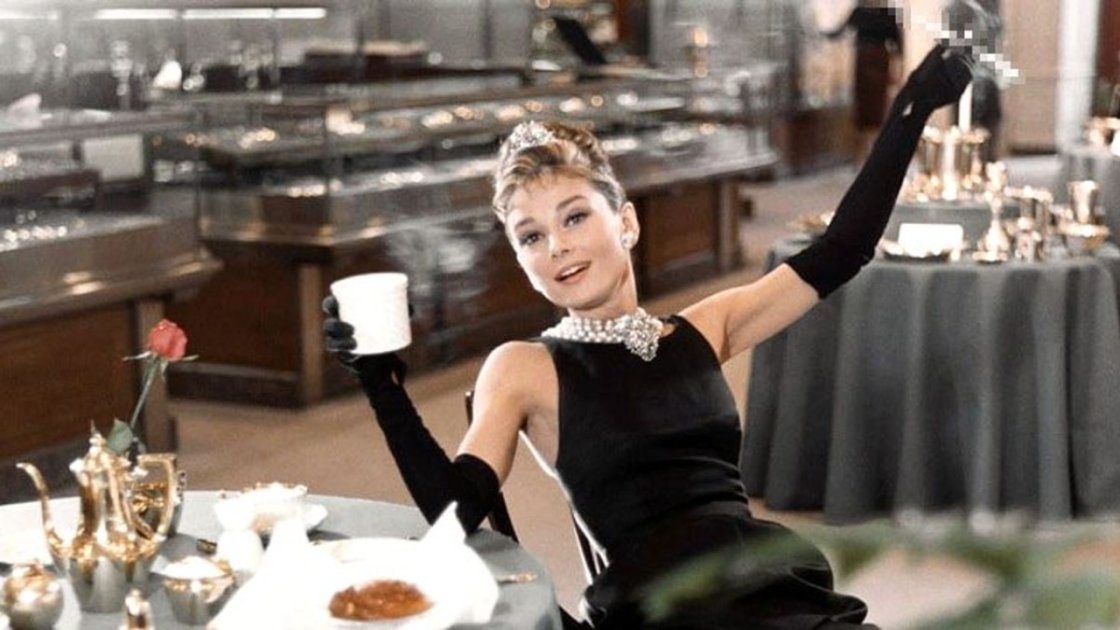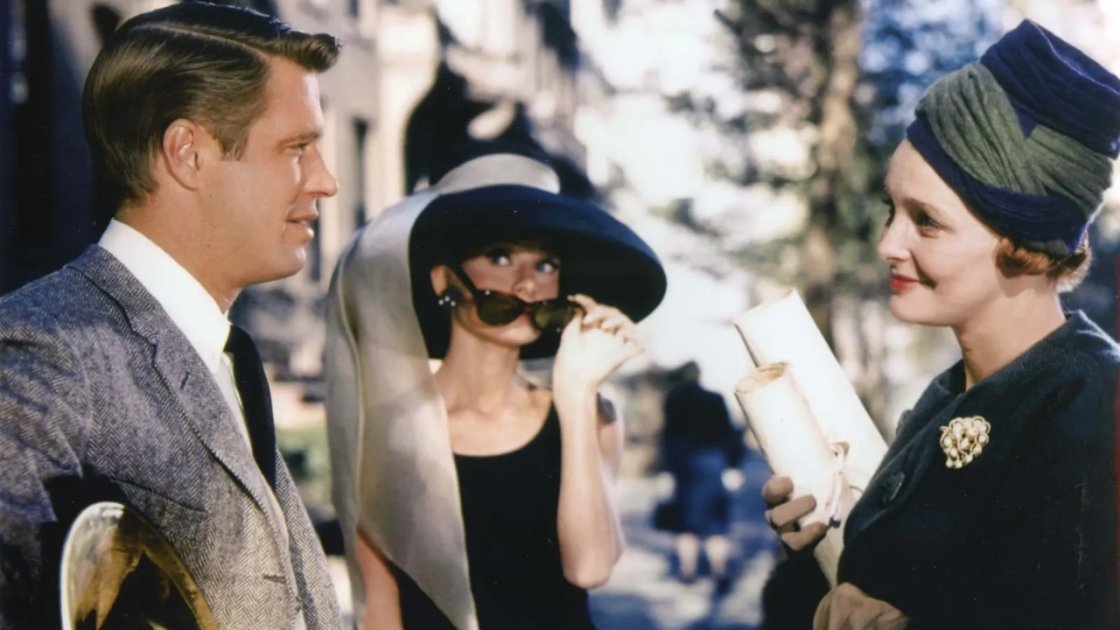
From her challenging childhood amidst the tumultuous backdrop of World War Two, to becoming one of Hollywood’s most iconic actresses, Audrey Hepburn is an enduring symbol of resilience, elegance, and grace . Her profound impact on popular culture is evident in the enduring popularity of her films, and alongside her numerous awards for her acting prowess (she is one of few entertainers who have won Academy, Emmy, Grammy and Tony Awards), Hepburn’s timeless style, epitomised by her iconic “little black dress” in Breakfast At Tiffany’s, continues to inspire fashion trends. However Audrey Hepburn’s most important legacy extends far beyond her cinematic achievements to the lives of the countless individuals touched by her compassion and dedication to her humanitarian work with UNICEF. Here we explore more about the life of this Hollywood icon. Audrey Kathleen Hepburn-Ruston (later known as Audrey Hepburn) was born on 4 May 1929 in Brussels to Joseph Victor Anthony Ruston, an English banker, and Ella van Heemstra, a Dutch baroness.
Audrey’s Parents Separation
Her parents had been members of the British Union of Fascists in the 1930’s, and had toured Germany, attending events alongside figures like the Mitford sisters, including the Nuremberg rallies. Audrey’s early childhood was divided between Belgium, England, and the Netherlands. Following her parents separation when she was aged 6, Audrey moved to Arnhem in the Netherlands with her mother, though attended boarding school in Kent from 1936-1939. (After their divorce, Hepburn’s father became deeply involved in Fascist activities, and was later imprisoned in Britain during the war as an enemy of the state after receiving seed money to start a newspaper from Germans with ties to Joseph Goebbels.) Hepburn’s wartime experiences instilled in her a deep sense of empathy and fervent desire to make a positive impact. After the liberation of the Netherlands in 1945, she pursued her passion for ballet (which contributed to her elegant demeanour on screen), training under Sonia Gaskell in Amsterdam, and later through a scholarship with Ballet Rambert in London from 1948. After being told that her height and weak constitution would make becoming a prima ballerina unattainable, she decided to venture into acting. Audrey found regular work dancing and acting in revue in London’s West End. While performing in Sauce Piquante, she was spotted by the Ealing Studios casting director, and took on minor film roles. In 1951, while shooting a small role in Monte Carlo Baby, Audrey was spotted in the foyer of Monte Carlo’s Hotel de Paris by French novelist Colette, who cast her in the title role of the Broadway adaptation of her novel Gigi. She received glowing reviews.
Also Read: Top 20 Beatles Songs That Defined An Era: The Fab Four's Finest
The Time When Her Successful Career Started

Following Gigi’s success, Audrey was cast as Princess Ann in William Wyler’s Roman Holiday (1953). The film’s box-office success catapulted her to fame, earning her an Academy Award, BAFTA and Golden Globe, and establishing her as a star. She won a Tony Award for Best Actress the same year, for Ondine (where she met her husband Mel Ferrer). Following the success of films such as Charade (1963), Hepburn sparked controversy when she was picked to play Eliza Doolittle in the film version of My Fair Lady (1964), beating Julie Andrews, who had originated the role on Broadway. Hepburn gained her fifth Oscar nomination for Wait Until Dark (1967), produced by her then-husband, Mel Ferrer (filmed on the brink of their divorce). Shortly after, Hepburn left full-time acting to prioritise her family, though continued to appear in films sporadically, notably in Robin and Marian (1976), and as an angel in Steven Spielberg’s Always (1989) – her final film appearance.
Also Read: Bonnie Wright Embraces Motherhood; Introducing Her First Baby!